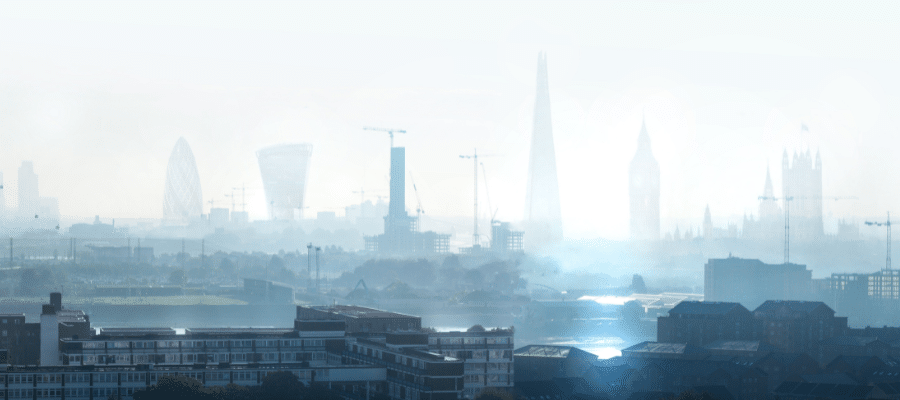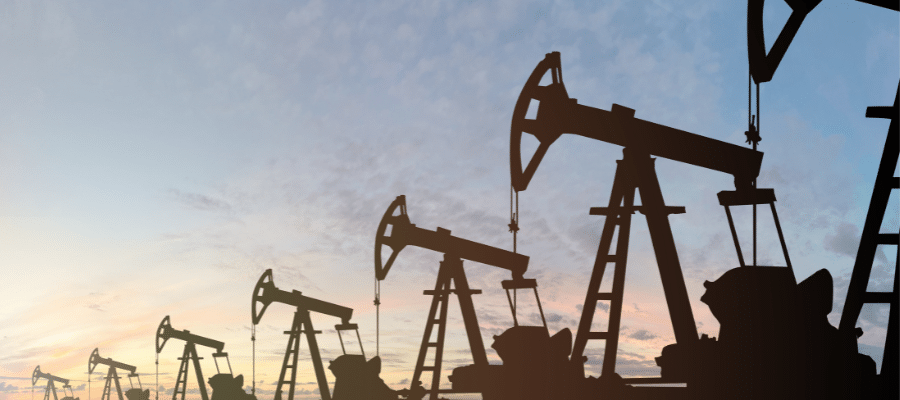In March 2023, Mapfre finally decided to tackle oil and gas expansion by committing not to insure new oil and gas fields and their associated infrastructure. (1) By taking this new commitment, Mapfre joins the list of (re)insurers that decided to stop their support for new oil and gas fields including Allianz, Aviva, Generali, Munich Re, Hannover Re and Swiss Re. However, it is still not enough to align its underwriting activities with the goal of limiting global warming to 1.5°C. Mapfre must add new LNG terminals to the list of excluded oil and gas projects. Finally, Mapfre needs to work on the implementation of its commitments to its external reinsurance business which cannot remain the blind spot of its fossil fuel policy.
Key updates of the policy
Mapfre sets exclusions for new upstream oil and gas projects and their associated infrastructure
Mapfre’s last commitment not to insure new unconventional oil and gas extraction projects was focused on tar sands and Arctic oil and gas. In its new oil and gas policy on underwriting, Mapfre goes further by committing not to insure new oil and gas extraction projects and their associated infrastructure. The Spanish insurer will now refuse to cover conventional and unconventional new oil and gas extraction projects. (2)
Mapfre’s commitment applies to standalone/single-site policies such as Construction All Risks (CAR) insurance covers dedicated to new upstream individual projects and their related infrastructure. (3)
Our analysis
THE POSITIVES
Mapfre joins the group of climate leaders among European (re)insurers
Mapfre applies International Energy Agency’s (IEA) projections from its Net Zero Emissions scenario (NZE) (4) to its underwriting activities by committing to stop covering new oil and gas fields. It became the 7th (re)insurer following science and experts asking for an end to upstream fossil fuel expansion. However, Mapfre can still provide insurance policies to the major companies behind these new upstream and midstream oil and gas projects also called oil and gas developers. Mapfre must now condition the supply of its insurance policies to a commitment from its clients not to develop new upstream and midstream oil and gas projects.
Comprehensive underwriting exclusions for new extraction projects in 4 unconventional sectors
Besides its oil and gas underwriting exclusions applying to new oil and gas extraction projects and their associated infrastructure, Mapfre also specified its commitment regarding new upstream shale oil and gas and ultra-deep water oil and gas projects. Mapfre now has an exclusion policy that covers the four major unconventional sectors (5) which represent close to 50% of short-term oil and gas expansion. (6)
NEXT STEPS
Strengthen measures targeting midstream projects
Mapfre must extend its exclusion of infrastructure associated with new upstream oil and gas projects to all new LNG terminals and new midstream infrastructure. These new midstream infrastructure are not always associated with new upstream oil and gas projects but they further strengthen our dependence on fossil fuels, and if they do not become stranded assets, will help lock in greenhouse gas (GHG) emissions for decades to come. According to the German NGO Urgewald, the 290 midstream oil and gas companies listed in its Global Oil and Gas Exit List plan to develop more than 1,300 mtpa (million tons per annum) of additional LNG capacity that could be brought to the market in the coming years which could boost gas liquefaction capacity by 271% compared to current capacities. (7)
Develop specific fossil fuel guidelines for Mapfre’s reinsurance business
Mapfre is known as one of the largest non-life Spanish insurers but it also has a significant share of its business dedicated to reinsurance that cannot remain the blind spot of its fossil fuel policy. Indeed, with close to €5.6 billion of gross written premium coming from its reinsurance business lines of which 50% comes from external ceding companies, (8) Mapfre can still cover insurers insuring new fossil fuel projects, either new coal or oil and gas projects. Mapfre urgently needs to adopt a fossil fuel policy which will apply to its facultative and treaty reinsurance businesses like any other reinsurer.
Review its definition of the Arctic territory
Mapfre defines the Arctic territory as “all areas north of the Arctic circle”, including the Arctic National Wildlife Refuge. This definition of the Arctic must be reviewed towards a broader definition of the Arctic Region defined by the Arctic Monitoring and Assessment Programme (AMAP)(9). According to our research in September 2021, 28% of Arctic oil and gas fields were located outside of the Arctic Circle meaning that existing fields in this Arctic area could still be covered by Mapfre.
Reclaim Finance welcomes Mapfre’s new oil and gas underwriting guidelines. Mapfre must now go beyond by strengthening its exclusion of new midstream oil and gas infrastructure and extend its fossil fuel policy to its external reinsurance business.
For more information regarding Mapfres sectoral policies on coal and oil & gas, you can refer to the following tools : the Coal Policy tool and the Oil and Gas Policy Tracker



